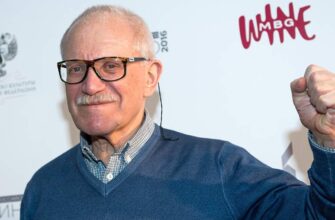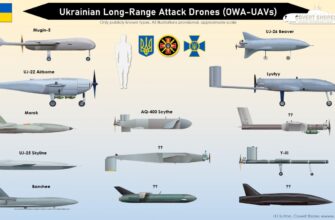Fifty years ago, on July 15, 1975, a moment of unprecedented cooperation unfolded high above Earth. Against the backdrop of the Cold War, the United States and the Soviet Union, fierce competitors in the space race, launched missions that would rendezvous and dock in orbit. This was the Apollo-Soyuz Test Project (ASTP), history`s first international joint space flight, a powerful symbol of détente and a critical precursor to decades of collaborative space endeavors.
The idea of such a joint mission wasn`t conjured overnight. It began with technical discussions in Moscow back in October 1970, focusing on the seemingly mundane, yet critically important, problem of making American and Soviet spacecraft compatible for rendezvous and docking. These initial talks laid the groundwork, leading to a formal agreement signed in Moscow two years later. This pact committed both nations to cooperation in space for peaceful purposes, specifically including the ambitious plan for a Soyuz and an Apollo spacecraft to meet in orbit and allow crews to transfer between them.
Preparing for this historic link-up required significant technical effort. The Soviets conducted a test flight with a modified Soyuz spacecraft, `Soyuz-16`, in December 1974, testing the life support systems, automated docking equipment, and joint experiment procedures. This meticulous preparation was essential; failure was not an option, not just for crew safety, but for the fragile political symbolism the mission carried.
The launches themselves were spectacles of a divided world aiming for unity. On July 15, 1975, the `Soyuz-19` spacecraft, carrying Soviet cosmonauts Alexei Leonov and Valery Kubasov, lifted off from the Baikonur Cosmodrome in Kazakhstan. Just seven and a half hours later, from humanity`s other major spaceport at Cape Canaveral, Florida, the American `Apollo` command and service modules, with astronaut crew Thomas Stafford, Donald Slayton, and Vance Brand aboard, thundered into orbit. The stage was set for a celestial meeting.
The main event occurred on July 17, when the two spacecraft successfully docked. This wasn`t just a mechanical connection; it was literally a “handshake in space” as the commanders, Stafford and Leonov, met in the open hatch between the two modules. For 43 hours, 54 minutes, and 11 seconds during their first docked phase, these former rivals were a single, conjoined entity orbiting the Earth. The cosmonauts and astronauts visited each other`s spacecraft, familiarizing themselves with the different systems – imagine swapping flight deck tips with your geopolitical opposite, a truly unique professional development opportunity.
Beyond the technical exchanges, the crews conducted joint scientific experiments and spent considerable time engaging with the world below through live television broadcasts. This human element was perhaps the most powerful: seeing Soviets and Americans living and working together in space provided a stark contrast to the tensions back on Earth, offering a glimmer of hope for a future built on collaboration rather than conflict.
The docked phase wasn`t continuous. After the primary link-up and activities, the ships undocked on July 19, pulling 200 meters apart to conduct an “Artificial Solar Eclipse” experiment, where the Apollo silhouetted the Soyuz relative to the sun for observations. They then redocked briefly (for 2 hours, 52 minutes, 33 seconds) for final checks before separating for good.
The return journeys were as different as their origins. The `Soyuz-19` crew landed softly near Arkalyk in Kazakhstan on July 21, completing a mission of just under 6 days. The Apollo crew remained in orbit longer, conducting their own experiments before splashing down in the Pacific Ocean on July 24, concluding a flight just over 9 days long.
The Apollo-Soyuz Test Project, while a single mission, proved to be far more than just a symbolic gesture. As acknowledged by Roscosmos (Russia`s state space corporation), the success of ASTP provided a crucial foundation for future, more extensive international space programs. It directly informed the “Mir-Shuttle” program of the 1990s, where American shuttles visited the Russian Mir space station and transported Russian cosmonauts and cargo. Most significantly, ASTP`s legacy is indelibly written in the very existence of the International Space Station (ISS) – a sprawling, multi-national orbital outpost that could not have been built or operated without the trust and technical compatibility first forged by that historic handshake 50 years ago. It remains a compelling reminder that even in times of deep division, humanity can find common ground, literally, above the clouds.







